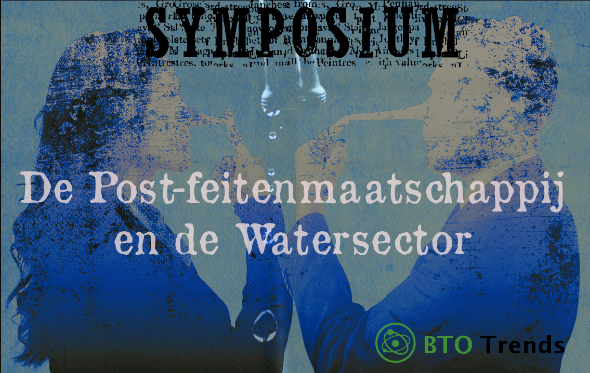“Fake news” is 2017’s word of the year (or at least it is so in Australia). Joined by alternative facts and post-truth society, fake news is a signal to a changing trend in how people relate to information, the sources that share it and their credibility.
Fake news is not new
The concept of fake news is not new; publishing or sharing wrong information intentionally has happened before: whether aimed at launching a new literary genre, fighting the enemy or seeking fame. It was, of course, called different names: anything from myth, rumour, black propaganda or borderline journalism.
Nor is the concern of communicators with fake news – this is and has been an issue of credibility for the profession as much as for its clients. What is new is the context in which fake news is happening: a hyper-connected, constantly updating and ultra-skeptical world where attention spans diminish. Left with less time for analysis and in the midst of a constant newsfeed refresh, it is not surprising that less attention is given to the source of the news and to its details.
KWR Watercycle Research Institute, post-truth and fake news
I had an opportunity to discuss some of these points and more at a symposium organised recently by KWR Watercycle Research Institute and reuniting practitioners and scientists working in the water sector in the Netherlands.
One of the main questions we aimed to answer throughout the day was “how can communicators combat/react to fake news”. My suggestion was inspired from issues management and from EACD’s recent manifesto against fake news.
You can see more into the slides below:
